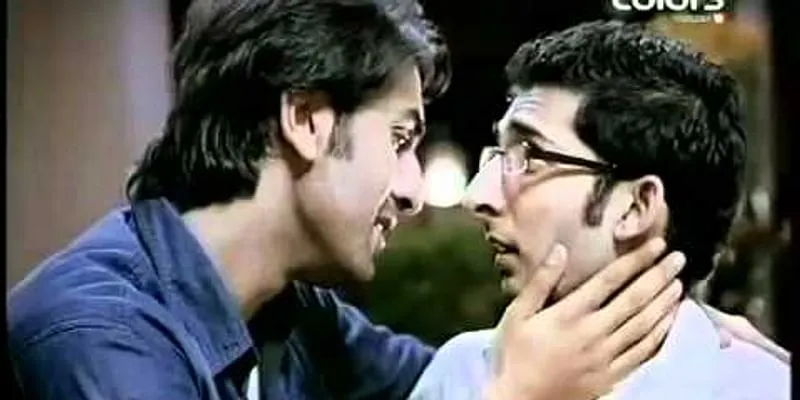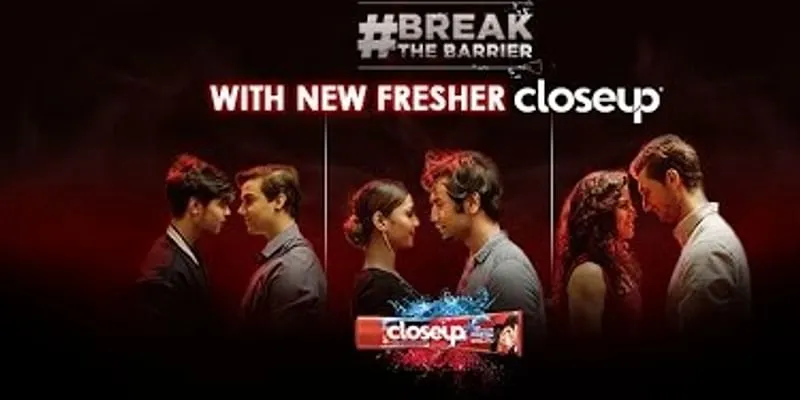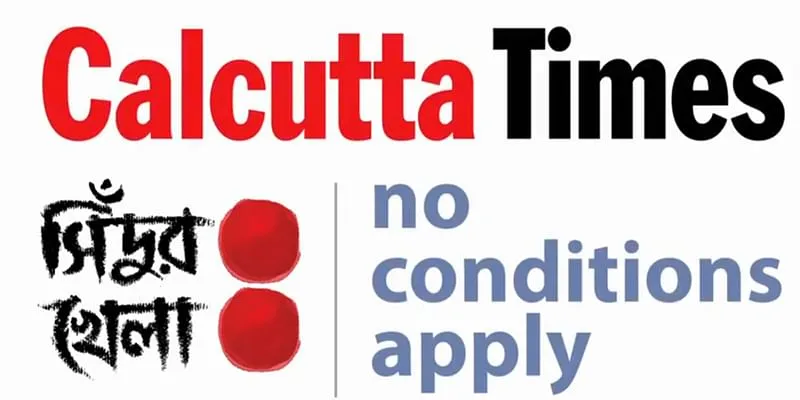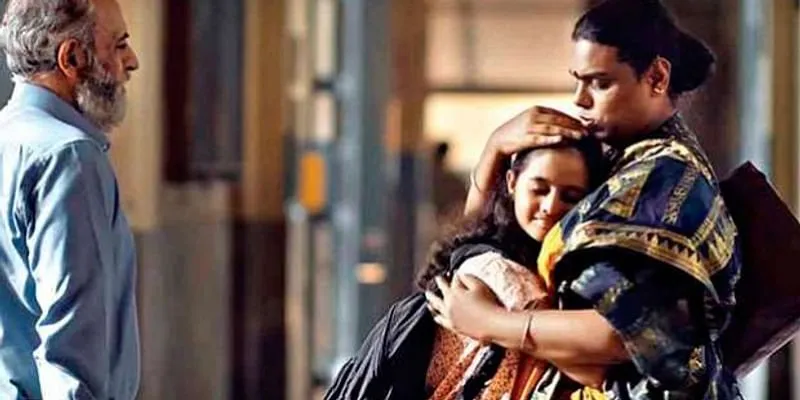

Homosexuality in Indian Advertising
Hatred towards the LGBT community has been for a long time. After, scrapping Section 377, advertisements and brands have changed the messaging from homophobia to acceptance and inclusion in society.
Humiliation, ostracism, insult, and denouncement are some of the hateful adjectives that a community of individuals has been enduring whom the society considers having an ill fate or abnormal. We are talking about the LGBT community whose claps annoy us while commuting in public places, makes us uncomfortable when they sneak into a wedding as unwanted guests or bless a newborn baby. The hatred towards homosexuality in Indian culture stems from the Vedic era as shastras prohibited the same gender relations or marriages as an illegitimate relation as the couple cannot further the human race or produce offsprings. Their freedom to love was prohibited until 2018 when they saw the light of the day when the Supreme Court announced its historic decision of legalizing the same gender relationship by scrapping section 377. According to a study by the University of Massachusetts, India has been losing 1.4% of its national output because of this discriminatory law.
Advertisements mirrors societal psychology and thoughts. The use of homosexuality in Indian advertising and campaigns has seen a transition in messaging from humor to take pride as individuals of LGBT community. Below are some of the advertisements of how the portrayal of homosexuality in campaigns and advertisements went from showing it as a deviation from normal to its acceptance.
- Pepsi, Youngistaan Ka Wow
Released in the year 2010, and conceptualized by JWT. The story in the commercial is about a girl whose parents have arranged a meeting with the potential groom for the girl. The girl resists to meet the boy and his parents, but they turn a deaf ear. As decided, the parents and the boy come to meet the girl, when her friends Ranveer Kapoor and Saqib Saleem suddenly sneak in the meeting to remind the boy of the lovely memories spent in the relationship, thus showing him as gay, which makes the girl's parents suspicious. The fact that the boy had relationships with men makes the girl's parents strike out his name for the list of potential grooms.

Pepsi- Youngistan ka Wow
Homosexuality was a stigma in the Indian society and was portrayed as abnormal and instilled an emotion of phobia amongst the parents and individuals.
Come the year 2013, which becomes another setback for the LGBT community when the Supreme Court went in favour of the 157-year colonial-era law that overturned Delhi High Court's verdict of decriminalizing homosexuality. Many brands protested the Supreme Court’s regressive decision, and soon homosexuality in advertisements was no longer under emotions of hate, fear, or insensitive laughter.
2. Titan Fastrack- Come out of the closet
Released in the year 2013, the same year when the Supreme Court rejected scrapping of section 377. Fastrack, the youth range of watches from the house of Titan came up the campaign named Come out of the closet, which portrayed two hot young girls coming out of the closet fumbling with their dresses and hair with a daft punk music playing in the background. Viewers were left free to glean what the girls were upto.This commercial was seen to be a bold ad with a tagline "Come out of the closet….move on'. The sole message of this ad was to tell individuals belonging to the LGBT community to come forward and express your sexuality.

3. Closeup #Break the barrier
Closeup is a toothpaste brand that rides on youth emotions like freshness, energy, and a fragrant breath that would bring closer the opposite gender to like you. The commercial was released on Valentine's day in the year 2017 with a message which encouraged homosexual couples to feel proud and be fearless to express their love freely where nothing should be hindering two people from loving each other.

The LGBT community finally received justice and liberty to love, when Supreme Court on 6th September 2018 announced its verdict of legalizing same-sex relationships, and discrimination based on sexual orientation is a violation of the freedom of expression.
The Queer community was reborn again, with praises and applause for the Indian judiciary. The ad commercials revolved more on the emotions of inclusion and acceptance of the queer community and breaking the age-old ideologies.
4. Anouk – Bold is beautiful – The visit
Released in the year 2018, Anouk, the bold printed ethnic wear brand from Myntra came out with its first lesbian advertisement where it showcased two females about being vocal to their parents about their relationship. This ad portrays the females who are confident about their identity where their parents have accepted the fact that their daughter loves a girl. The parents were not shown in the commercial. The ending of the advertisement was kept open-ended for the audience to think.
5. Times of India # NoConditionsApply
Kolkata, the City of Joy celebrates the Durga Puja in a pompous manner. The city bids adieu to the goddess Durga with the hope of meeting next year by performing an old ritual where the married ladies apply vermillion on each others forehead. The trans-genders, prostitutes, and widows were forbidden to participate in this ritual. That year Vijayadashami was celebrated with a difference when Calcutta Times

, took the initiative of breaking the age-old ritual by inviting them for the Sindoor Khela, thus embracing the transgenders, prostitutes, and widows with open arms who were earlier not allowed to participate. This entire campaign conceptualized by FCB Ulka showcased the society's acceptance and inclusion. The success of this campaign reached Cannes Lion’s festival and won an award with immense appreciation.
The queer community does not only want inclusion and acceptance of their relationships and orientation in the society but wanted to look as responsible and caring individuals who can nurture children and give them a bright future just as every parent does.
6.Vicks #touchofcare
Unlike other brands of showing affection between partners, P&G showed a warm relationship between an orphan called Gayatri and her mother. But, this mother was different from others since she was a transwoman. The film shows that motherhood is a behaviour to care and love for your child. Gayatri is adopted by a transwoman mom called Gauri Sawant, who is still battling the custody of her child since the government does not give custody of a child to a member of the LGBT community.This campaign goes hand in hand with the product since Vicks is a product that has stood for family care in India.

From the above six campaigns spanning over a decade, it can be inferred that the portrayal of homosexuality in Indian advertisements has taken a shift from the emotion of homophobia, comedy, or being abnormal to responsible and confident individuals who are proud of themselves and capable of taking care of themselves.






